By Anthony Romanelli, opinion editor
Vampires, like farming and war, were invented independently by several different civilizations around the world. Everywhere they popped up, people feared them. About four thousand years ago, ancient Hindus had tales of creatures called Vetalas. They were demonic spirits that can inhabit corpses and feed on them in graveyards. In the Philippines, the Manananggal takes the form of a older woman by day, but its torso sprouts wings and detaches from its legs at night to fly around and attack people, and it can only be destroyed by destroying the legs. Over 100 skeletons have been found in Bulgaria stabbed multiple times with iron rods, because apparently wooden stakes just don’t cut it with Bulgarian vampires. In fact, most early vampiric legends don’t have weaknesses to holy water, wooden stakes or garlic. They’re immortal and can only be stopped when they decide to stop.
Fast forward to the early 2000s, and we get Edward Cullen, the vampire love interest of the Twilight novels. This guy had none of the awesomeness of the original vampires, reduced to a one-dimensional stalker type who was not at all threatening. Played by Robert Pattinson in the movie adaptations, Edward was brooding, whiny, uncharismatic and hated by pretty much everyone nowadays—including Robert Pattinson, who almost lost his career to those movies.
Edward is the only one of many lamer new vamps in modern young adult fiction. However, at the risk of being stoned by an internet mob, there are a few things I do enjoy about newer incarnations of vampires. So now that the dust has settled around vampire fiction, let’s take a look back and ask where we went wrong and what we should do better in the future.
The prior examples were the mythological basis for the classic vampire. These are the ones we are most familiar with: sleeping in coffins, living in castles, black cape, the usual. Dracula is the most famous example of this version, charismatic yet bloodthirsty creatures that are nearly indistinguishable from normal humans. These vampires were very common in penny dreadfuls, short stories sold for a penny in the Victorian era that were often about monsters and mysteries. When social outcasts or mentally ill people died in rural communities, it was ordinary, up until the 1890s, to burn the corpse to prevent a vampire from rising.
Early novels and their screen adaptations set up vampires as inhuman hunters. They had an air of mystery about them because they could never form close bonds with non-vampires. They were just as foreign to us as zombies or even dragons. Despite their similar appearance to humans, they lacked any humanlike traits.
The idea of the “emotional vampire who actually likes humans and feels bad for his vampireness” is actually a lot older than I previously thought. Remember those penny dreadfuls I was talking about earlier? An 1845 issue called “Varney the Vampire” established many of the common traits shared by vampires today. Varney had fangs and hypnotic powers like many later vampires, but also was immune to garlic and sunlight. Dracula, written more than twenty years later, was influenced heavily by the Varney series.
While the story itself was full of anachronisms, inconsistencies and general bad writing, Varney the Vampire was beloved by its readers by adding something new to the world of vampires: a sympathetic bloodsucker who was more of a struggling addict than a predatory killer. Later novels would take this approach, culminating in Interview with a Vampire, the novel by Anne Rice that essentially cleared the runway for Twilight.
Once Twilight lost popularity, there was a large backlash against new, “weak” vampires. Twilight’s Edward ranged from obsessed to downright abusive, a far cry from the mystique and terror surrounding legends like Dracula. The romance novel nature of the series forced it to water down its vampires until they were essentially just like your weird next door neighbors, but with coffins instead of Armageddon shelters. They just weren’t scary anymore. And regretful or not, a vampire should always be frightening to the humans in the story.
Both good and bad writing will always present challenges to certain themes. Any sci-fi writer will find his or her work, regardless of content, compared to Dune, Star Wars, and Star Trek, the titans of the sci-fi literary circle. So is the case with vampire fiction, but in the reverse. Aspiring vampire writers might be initially dismissed as “just another Twilight,” even if they have fresh new ideas to add to the vampire mythology.
The world of the TV show True Blood explored the fear of vampires in the form of anti-vampire discrimination, with vampires paralleling the LGBT community as religious figures attempt to silence their protests. The idea of portraying vampires as afflicted with a sickness or natural condition, as opposed to just being ghoulish monsters, adds a layer of complexity to the story as more moral questions are brought up.
I am not, of course, saying old-fashioned vampires are done with. I would certainly love to see the vicious faces from the Nosferatu days. What I’m saying is that now that Twilight and all it represents is in pop culture’s rearview mirror, there’s a huge empty canvas to work on. We can have gargoyle-like monstrosities rampaging across the pages, or a sympathetic recluse who must make the decision to take a life or suffer and die. There’s room for both.
Vampires have been known all around the world as incarnations of fear for millennia. There are positives and negatives to giving fear itself a human side. Ultimately, it is up to the writer to include either or both in their story. Whether as sympathetic creatures who can’t control their bloodlust or cunning beasts of the night, the vampire deserves a comeback. So now that we have a clean slate, let’s give the iconic vampire a second chance.
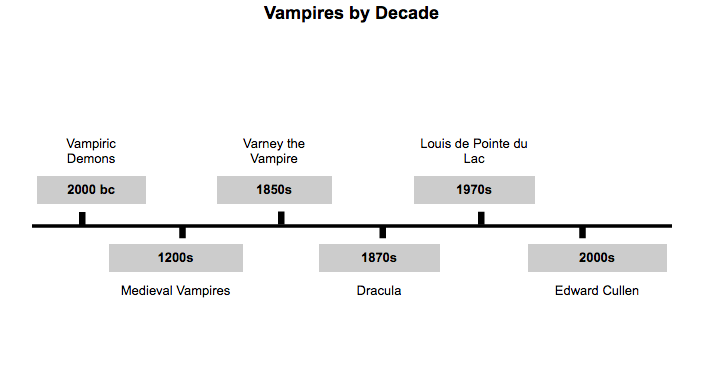
Categories:
Vampires need a comeback
May 25, 2017
1
0
Donate to ProspectorNow
This coming fall, we plan on traveling to the 2025 National High School Journalism Convention in Nashville, Tennessee, where we'll learn from professionals and get better at what we do: making the best multimedia student journalism in the state. If you've ever found anything of worth on this website, please consider donating to offset the cost.




































































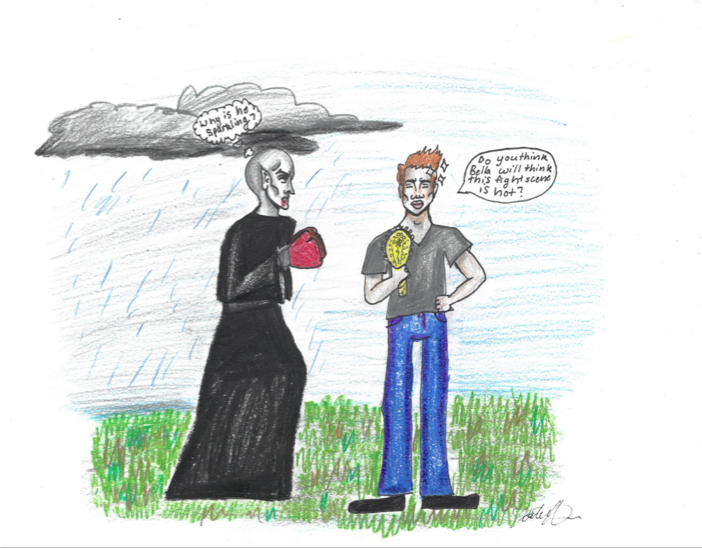
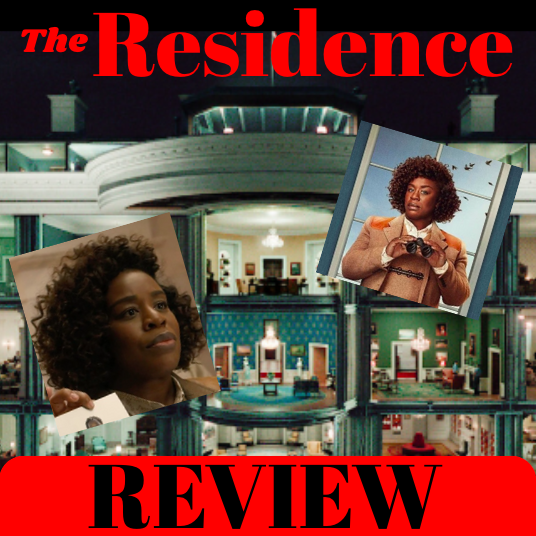


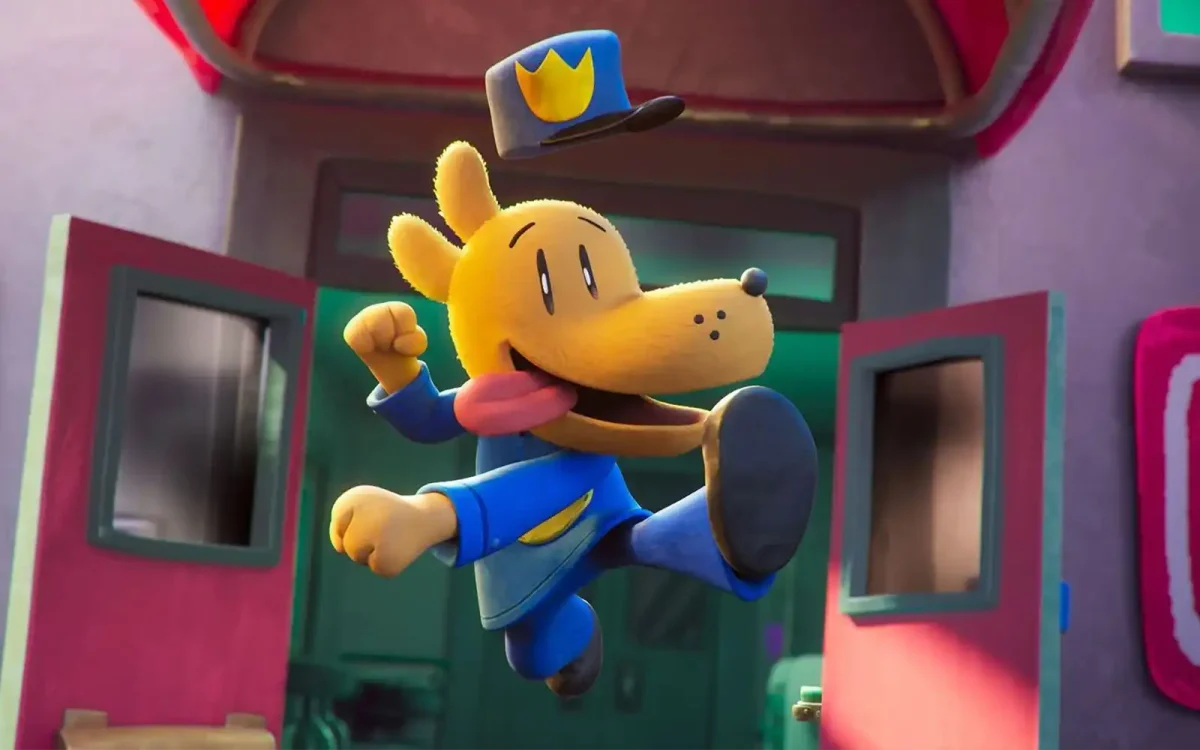

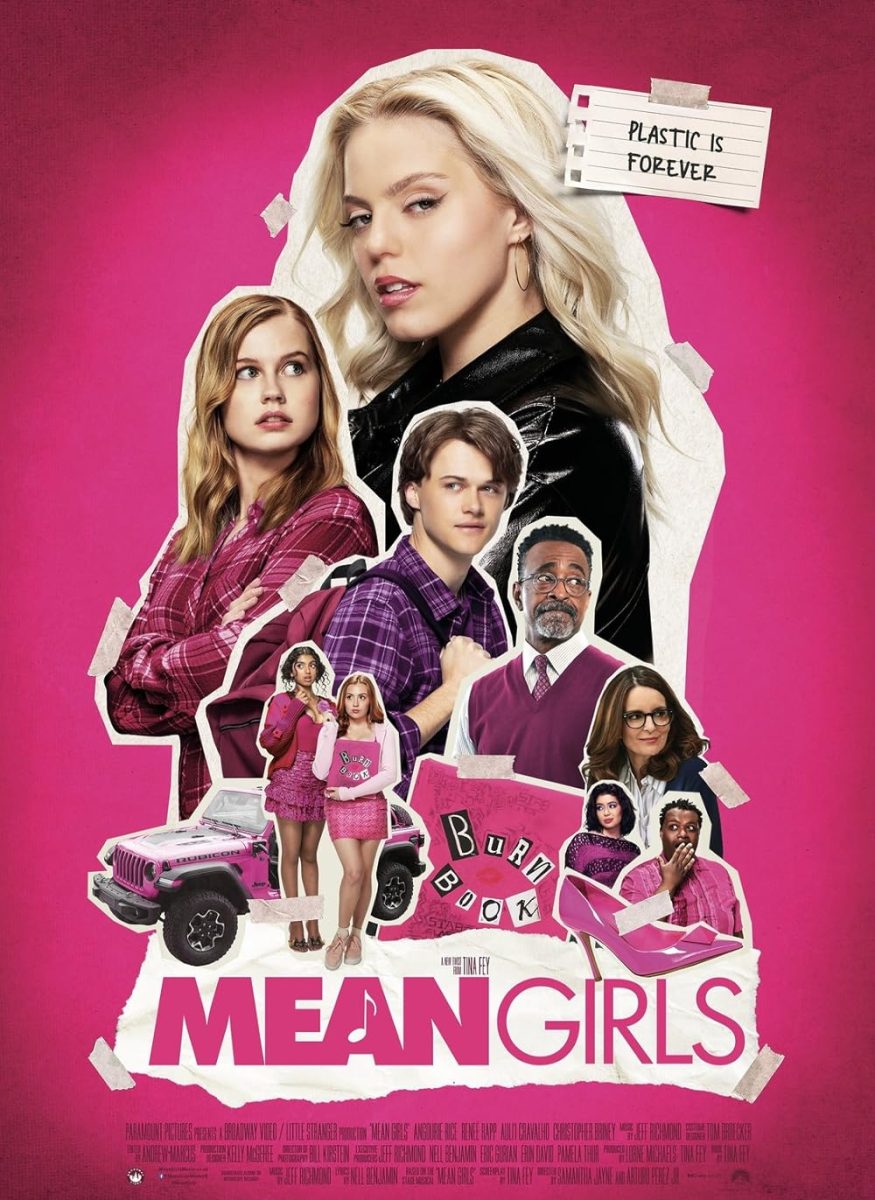
Marina • Jul 28, 2017 at 9:03 am
My name is Marina and i want to inform everyone that their a lot of scam out here, that is how i was cheated of $2000 last year, before i later met with Michael Cortes the vampire man. Whom later turn me into a vampire and through him i later find out that vampires are not ritual or spiritual things, so be careful of what people are telling you. If you want to become a vampire you can contact Michael Cortes through email: [email protected] he is very friendly.